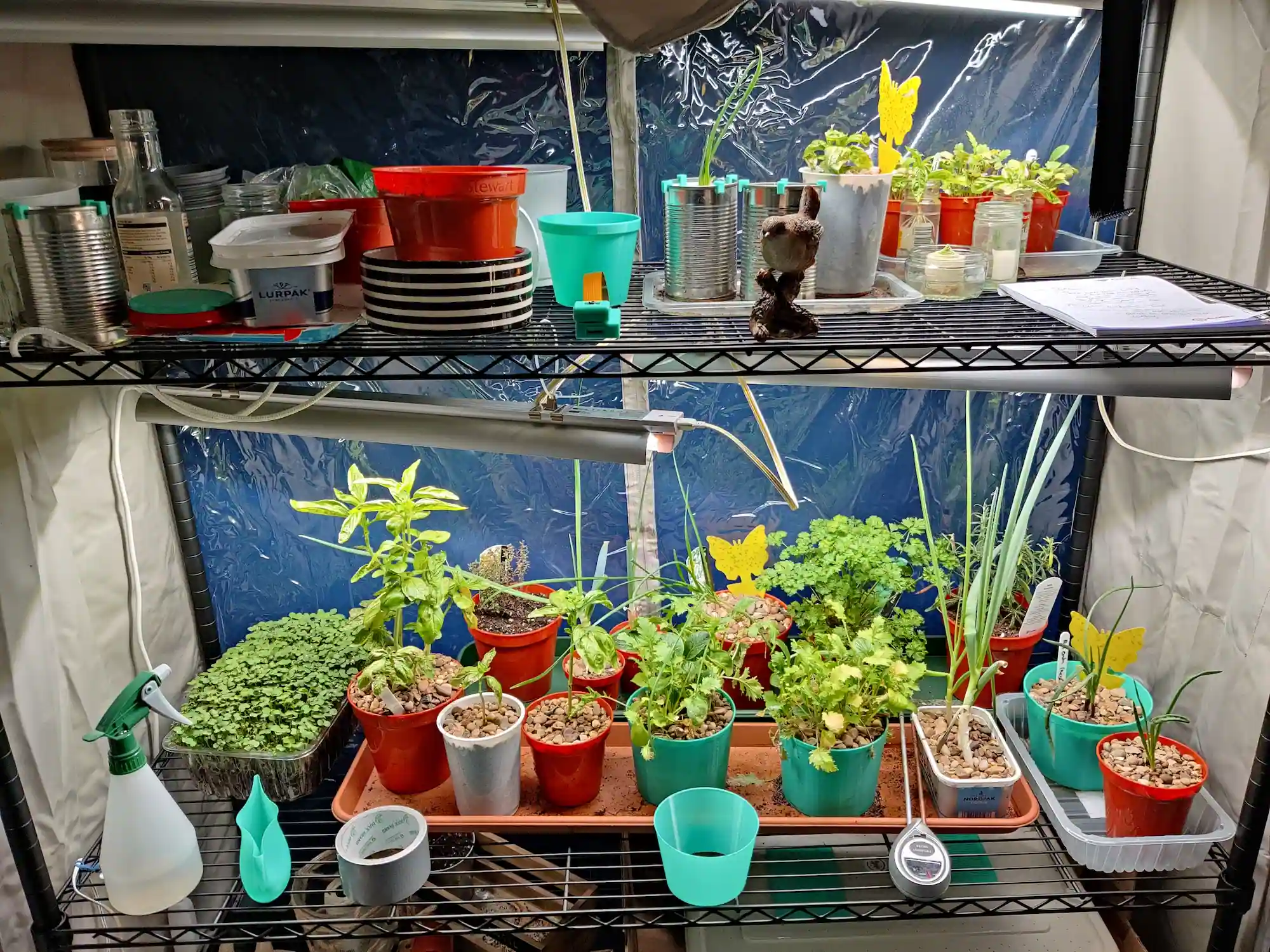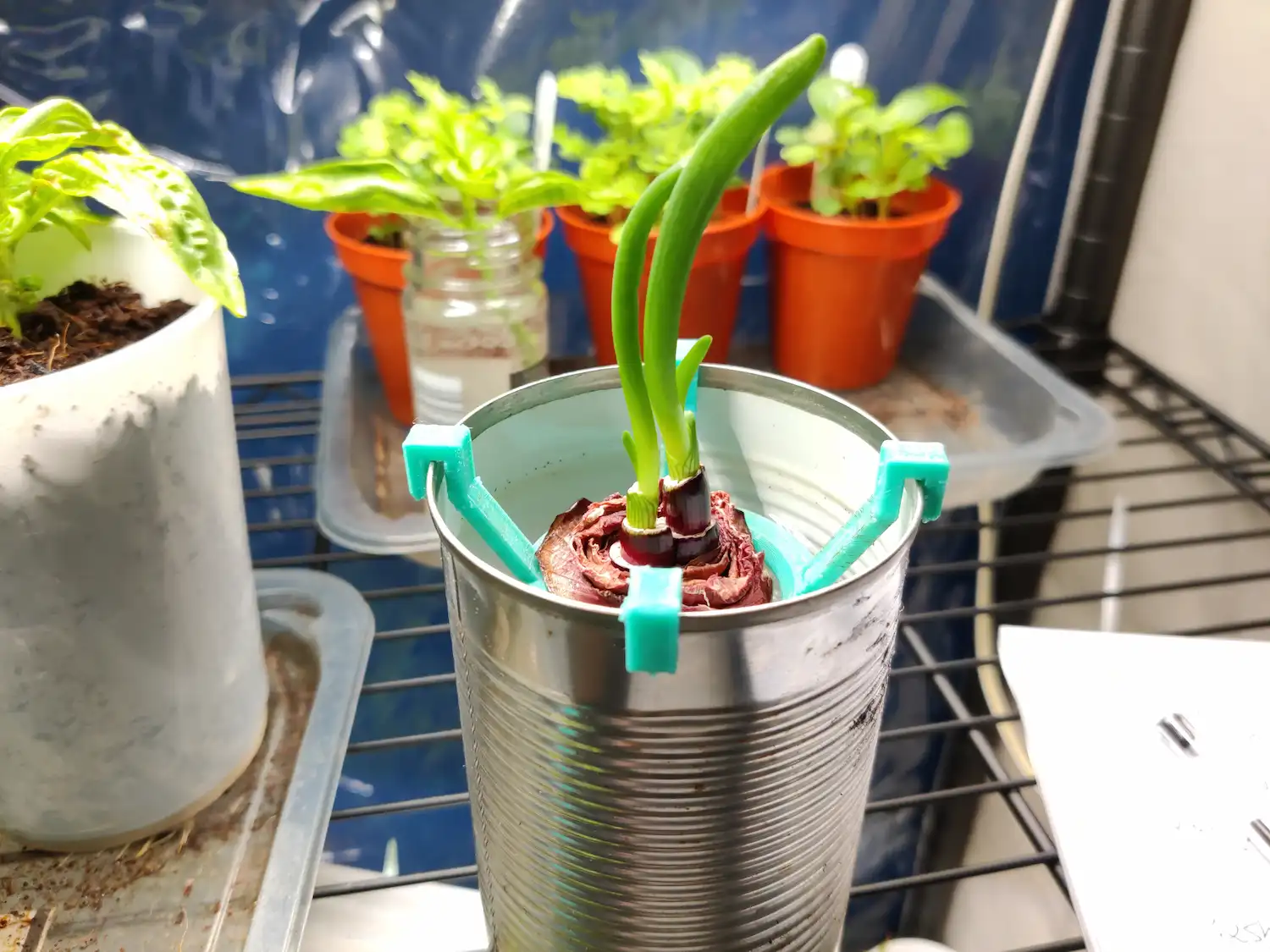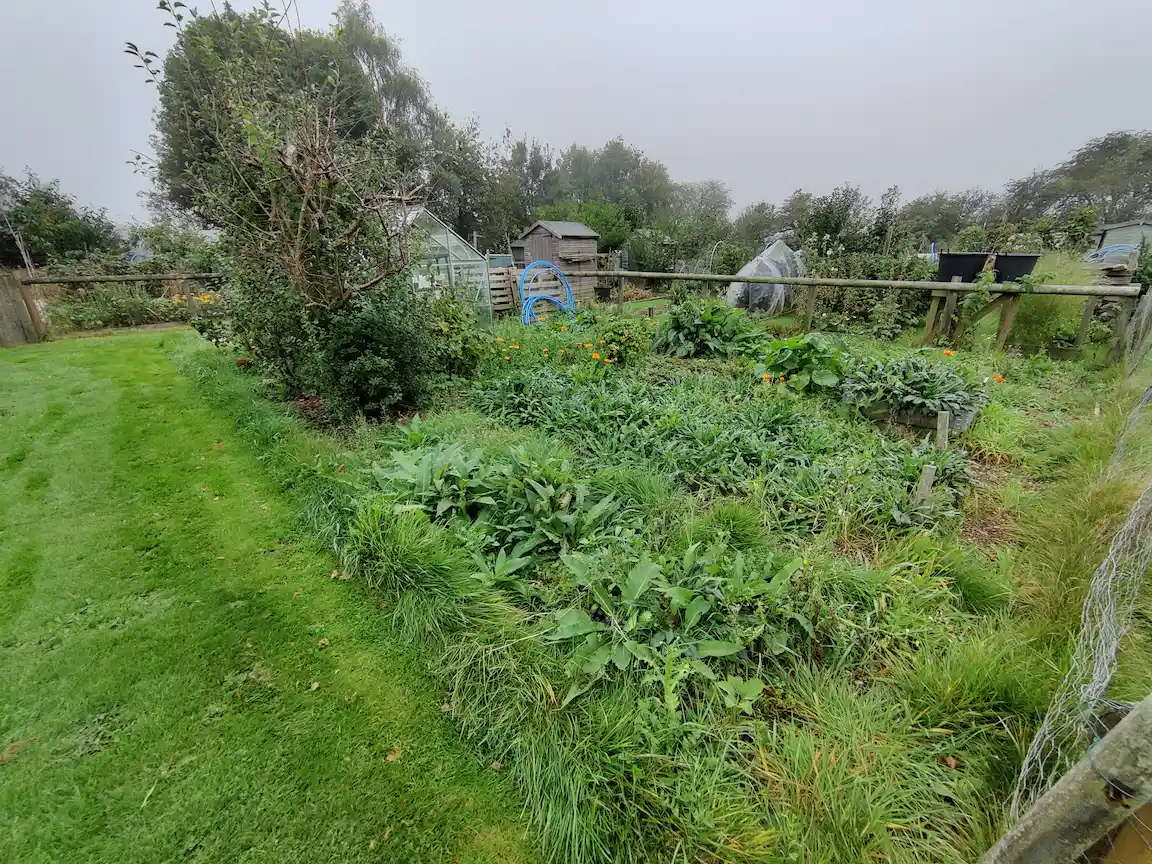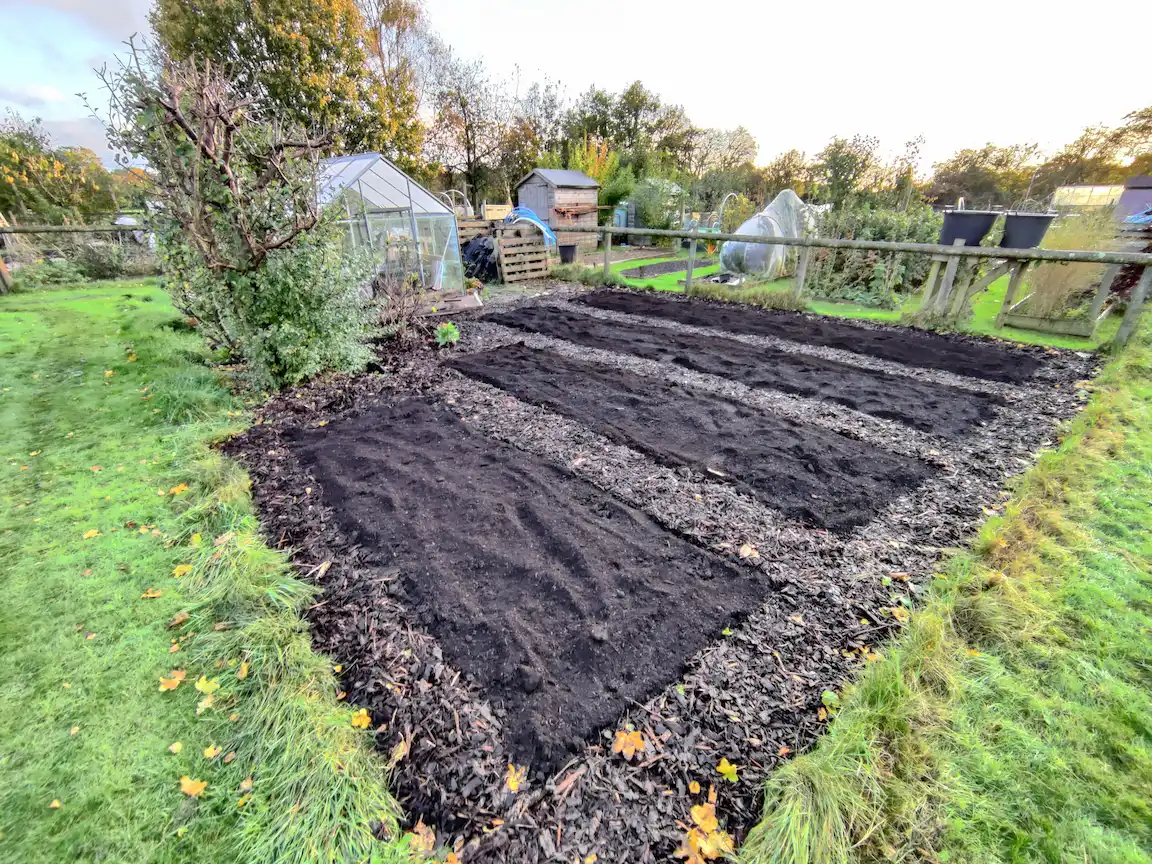Lessons From Growing Food Indoors
Earlier this year I got an itch to grow herbs and vegetables. Unfortunately, living in a flat, I have no outside space while my best window locations don’t get a great amount of sunlight. This led me down a rabbit hole of growing indoors using grow lights. Since LED lights have become widespread, using artificial lights for growing has become much more economical.
The Setup
I attempted to contain this all within a single shelving unit, covered to control light & moisture, with different height shelves for different plants:

Four LED grow light strips covered the top two shelves, with the others used for storage. Within this, I toyed with growing:
- Basil
- Onion chives
- Red onion
- Spring onion
- Parsely
- Corriander
- Salad leaves
- Mustard and salad cress
- Rosemary
- Tyhme
- Leek
To help justify the existence of my 3d printer, I could print some parts to help like pots, a mini watering can, or this onion cutting holder I designed to attach onto a standard tin can:

Worm Tangent
While exploring indoor growing, I became intrigued by worm composting, or vermicomposting. This method allowed me to transform waste into valuable feed for my indoor plants. I created a worm habitat using a plastic container with drilled holes and 3D-printed vents. I added pebbles, dirt, coconut coir, and paper to create a suitable environment. Ordering worms online, they arrived tightly tangled in a ball inside a jiffy bag. After allowing them to settle for a week or two, I began adding food scraps and cardboard, which they efficiently broke down.
Lessons Learnt
- Mustard cress was a favorite to grow due to the speed and direct usefulness & flexibility of the “microgreens” produced for eating. Can bulk out some egg and cress sandwiches, or throw in as a garnish or small side salad on loads of things.
- It’s really easy to re-grow supermarket-bought spring onions. Had a good little supply of those constantly growing, although they do seem to get thinner as time went on, but that may be down to growing conditions or harvesting pattern.
- Garlic chives grew well and were useful for cooking.
- My store-bought basil continuously got worse and my attempts grow from cuttings failed after a little while. I got a good amount of new leaves for a while, but I think the conditions were off as the leaves would go silver-spotted.
- I didn’t really have the space for salad, onion or leek. I’d get some good growth, but it was limited and they’d go bad before long. I could eat the red onion shoots, but not sure this is sustainable for the plant and also not sure if they’re supposed to be edible.
- The rosemary and thyme hardly gew, if at all. Not sure the conditions are right.
- Bugs are major annoyance:
- Had to remove the coriander as spider mites had infested it. I tried to kill them via humidity, but this affected the plant more than the mites.
- I eventually was overrun with fungus gnats due to the damp soil. Tried to get rid of them by covering soil with pebbles, and using sticky fly traps, which massively helped but they always lingered.
- Gnats are also present in worm composting. I would never see them outside the bin but my worm bin lid would sometimes be covered in them, which creeped me out.
- When you have hundreds of worms in a box you will get some attempting to escape, and the escape attempt rate changes depending on conditions. Their slime would also unseat the duck tape I used to help seal the box lid, allowing routes of potential escape unless maintained.
- It’s totally viable to use LED light for growth, but all the other factors are more difficult to manage.
- I’m still pretty useless at understanding why plants go bad.
Future Plans
A couple of months after starting this, I gained an allotment where I can grow things, so now having a good amount of outdoor growing space I’ll use that instead. Since taking it over I’ve prepared the growing space for next spring, with only garlic being planted at this point.
I’ve cut down most of my indoor plants. Many were dying or un-viable indoors anyway. With the adoption of a cat this month so had to remove most of the plants since they were cat-toxic. I’ve kept the rosemary going, which I may also attempt on my allotment, and I’ll probably continue to grow mustard cress since that was my favourite to grow.
In regards to worm composting, I gave this up indoors too due to the escaping worms and growing amount of mites. It was never a major problem, but just a minor concern in my mind that wasn’t worth it. If I had some garage space or similar, i’d have been happy to keep it going in such an area, but that’s not something I have. For now I’ve moved the wormery out to my allotment, keeping the box under some compost in an attempt to insulate it from the winter cold, but I’ve yet to check if this is keeping the worms warm enough.

